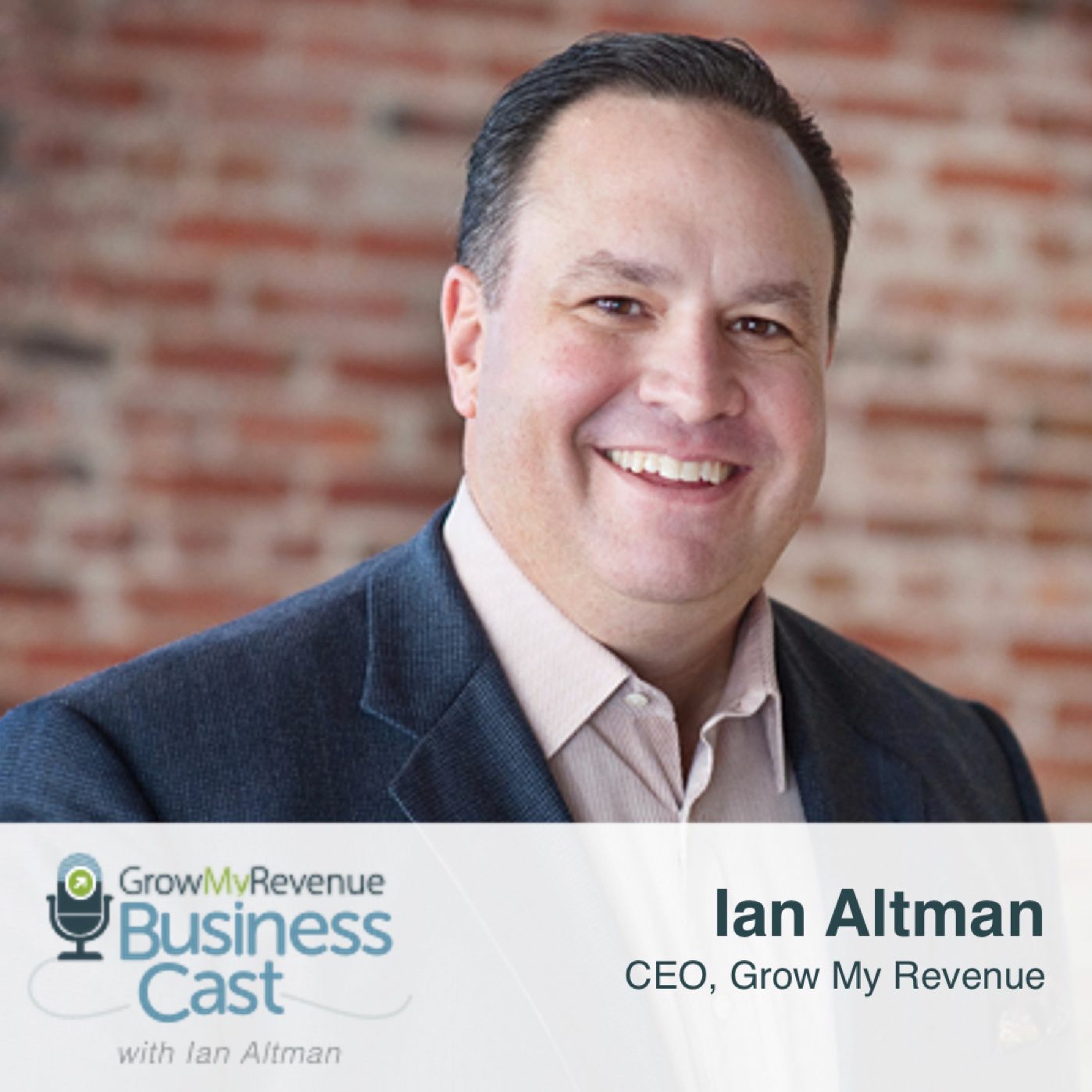063 | How to Discuss Discount Requests, and Other Pricing Strategies

b"When was the last time you received a request for a discount from a client or potential client? And how did you respond? On this special solo edition of Grow My Revenue, I'll be addressing this very topic.\\n\\nDuring my recent keynotes and workshop presentations, the audiences asked various questions about pricing pressure and discounts. Specifically, they wanted to know when it was okay to give a discount and how to respond appropriately when someone was asking for one.\\n\\nToday we'll be covering all of that plus how to carve out a niche and make yourself stand out as a service rather than a commodity. Listen in for some educational and applicable advice you can start using in your business right now!\\n\\nListen to this episode and discover:\\n\\n\\xb7 How to stop being an order taker, and start to be a salesperson.\\n\\xb7 What can you do when someone applies pricing pressure?\\n\\xb7 How do you measure impact for your clients?\\n\\xb7 The question to ask when someone says your pricing is too high.\\n\\xb7 Why education is key to setting your fees.\\n\\xb7 And so much more\\u2026\\n\\nEpisode Overview\\n\\nRecently I was speaking in Newcastle, England when an audience member asked about giving a 2.5% discount to a current client. They wanted to know if I thought it was better to do the deal at 97.5%, rather than have no deal at all.\\n\\nNaturally, I told them it was better to get the 97.5% deal than no deal at all, but I also pointed out that they were assuming the client wouldn't buy from them without that discount, and that assumption simply is not the truth.\\n\\nI followed up by asking what their business margin is. They told me it runs at 15% net, which means for every $1,000 they bring in, they typically net about $150. Then I asked them how much of that 2.5% discount would be from their profits. The answer is ALL of it! I pointed out to them that when they discount their cost they aren't discounting their top line, their costs stay the same.\\n\\nAnd the same is true for you.\\n\\nDuring today's episode of Grow My Revenue, I continue by explaining how to have a discussion with your client (or potential client) when they are asking for a discount and/or applying pricing pressure. I also explain the importance of educating the marketplace on your value as more than just a commodity, a tactic that helps support you in receiving your set fees.\\n\\nYou can educate the market and your clients/potential clients much the way the beef industry has educated consumers.\\n\\nIf you are looking to buy beef, the cattle and beef market has helped us understand some cuts are more desirable than others. As a result, we are now accustomed to paying more for the desirable cuts; we understand those cuts are worth more and so we must pay more for them.\\n\\nRecently, my wife convinced our family we were going to buy all grass-fed, dry-aged beef. Now we've grown accustomed to paying more for it. Why? Because she educated us, and the people who feed their cattle only grass have educated her (their consumer).\\n\\nThose cattle farmers have done research on why it's important to do so and they have shared that with their customers. So they have informed their customers on why the higher cost is worth it regarding grass-fed beef. Those ranchers have created a lot of content that have made us willing to pay more for grass-fed beef. But at the end of the day, it's still beef!\\n\\nConsider the lesson here: what is your grass-fed equivalent in your space? How you can educate your consumers about why it's worth it to pay more for that grass-fed equivalent? Doing so is how you carve out a niche, and start selling based on value rather than price.\\n\\nOn today's show I'll also explain how to have that conversation, what to say when someone says your price is too high, and much more! It's all here on this episode of Grow My Revenue."